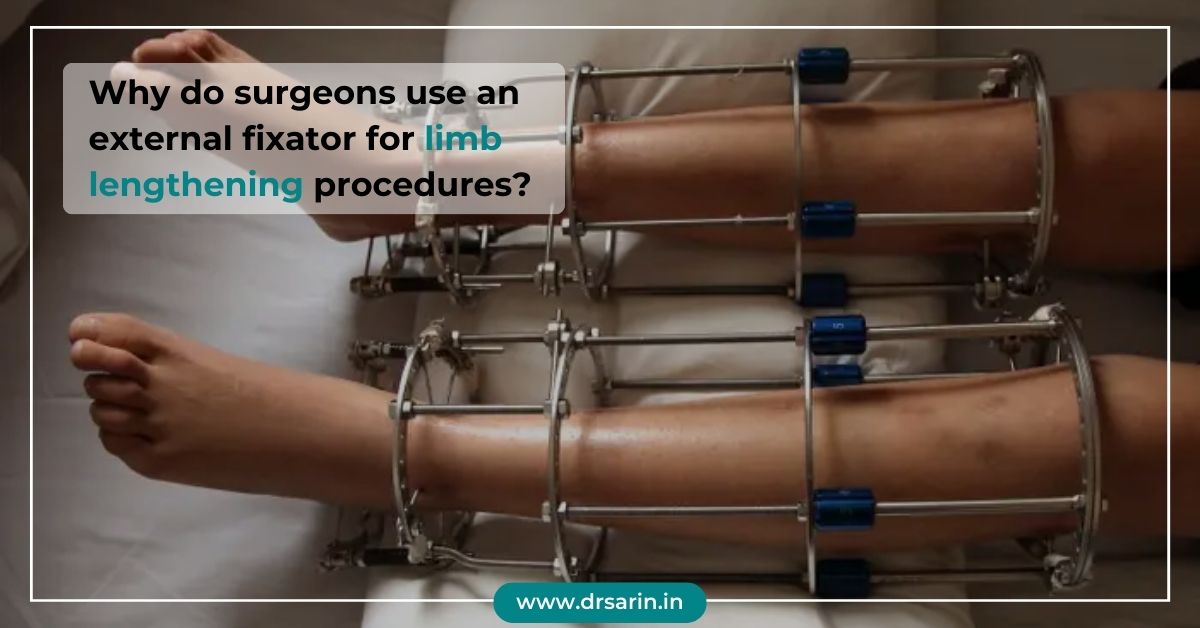Surgeons often use an external fixator for limb lengthening procedures due to its effectiveness in gradually and precisely lengthening bones. This device consists of external metal rods, screws, and pins that are surgically attached to the bone segments on either side of the intended lengthening site.
One primary reason for using an external fixator is its ability to provide controlled and gradual distraction, allowing new bone formation to occur in the gap created. By making tiny adjustments to the fixator, surgeons can regulate the rate of bone distraction, minimizing complications and maximizing the body’s natural healing process.
Another advantage is its versatility and adaptability. Surgeons can customize the fixator’s configuration to suit the patient’s needs and the targeted bone for lengthening. Additionally, the external nature of the fixator simplifies wound care and reduces the risk of infections compared to internal devices.
The external fixator also permits early weight-bearing and mobility, promoting quicker recovery and rehabilitation for the patient. This aspect contributes significantly to a patient’s quality of life during the lengthening process.
Overall, using an external fixator in limb lengthening surgery offers precise control, adaptability, reduced infection risk, and enhanced patient mobility, making it a preferred choice for many surgeons.
Also Read:



